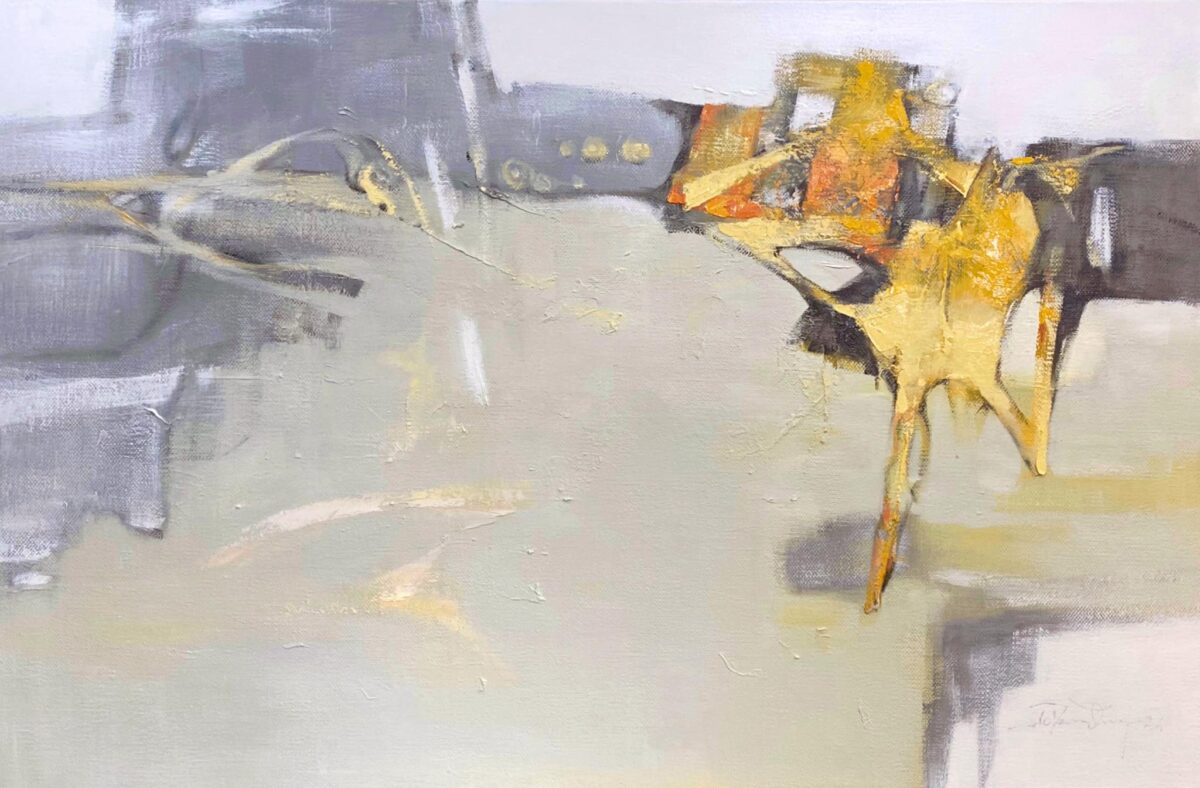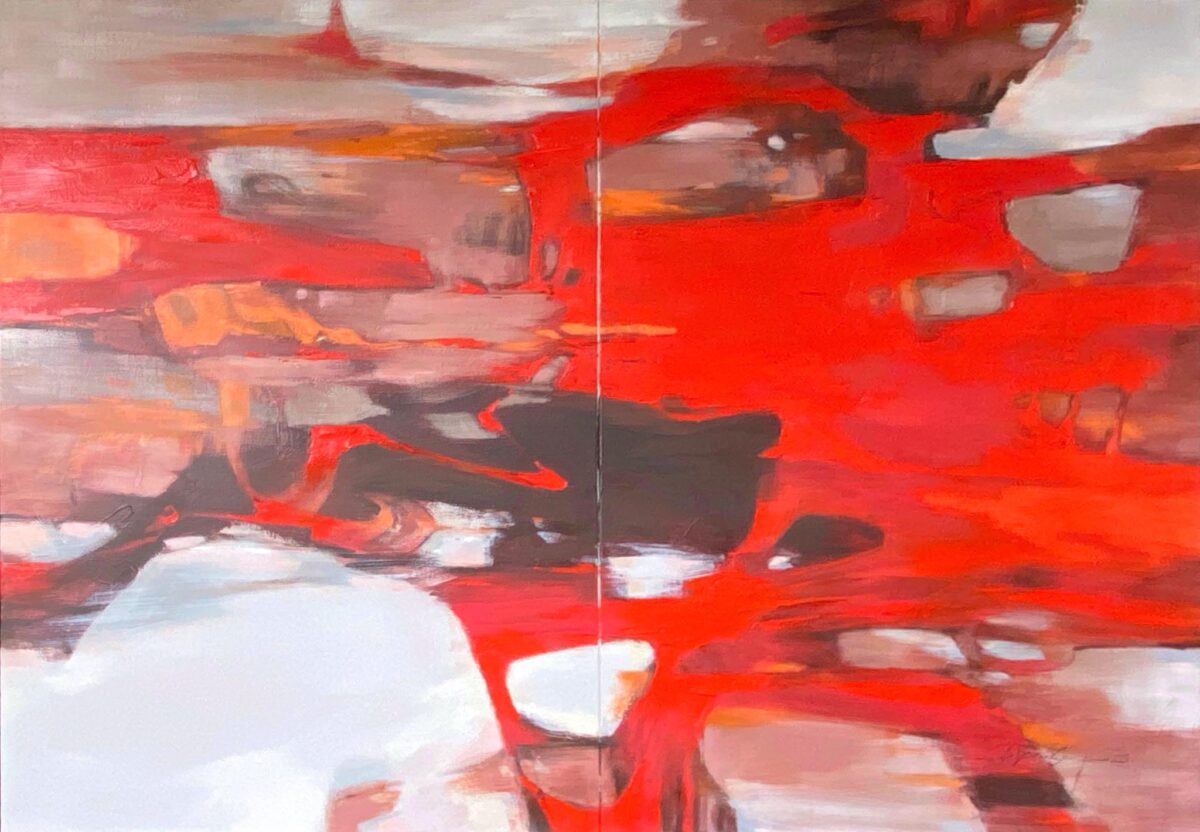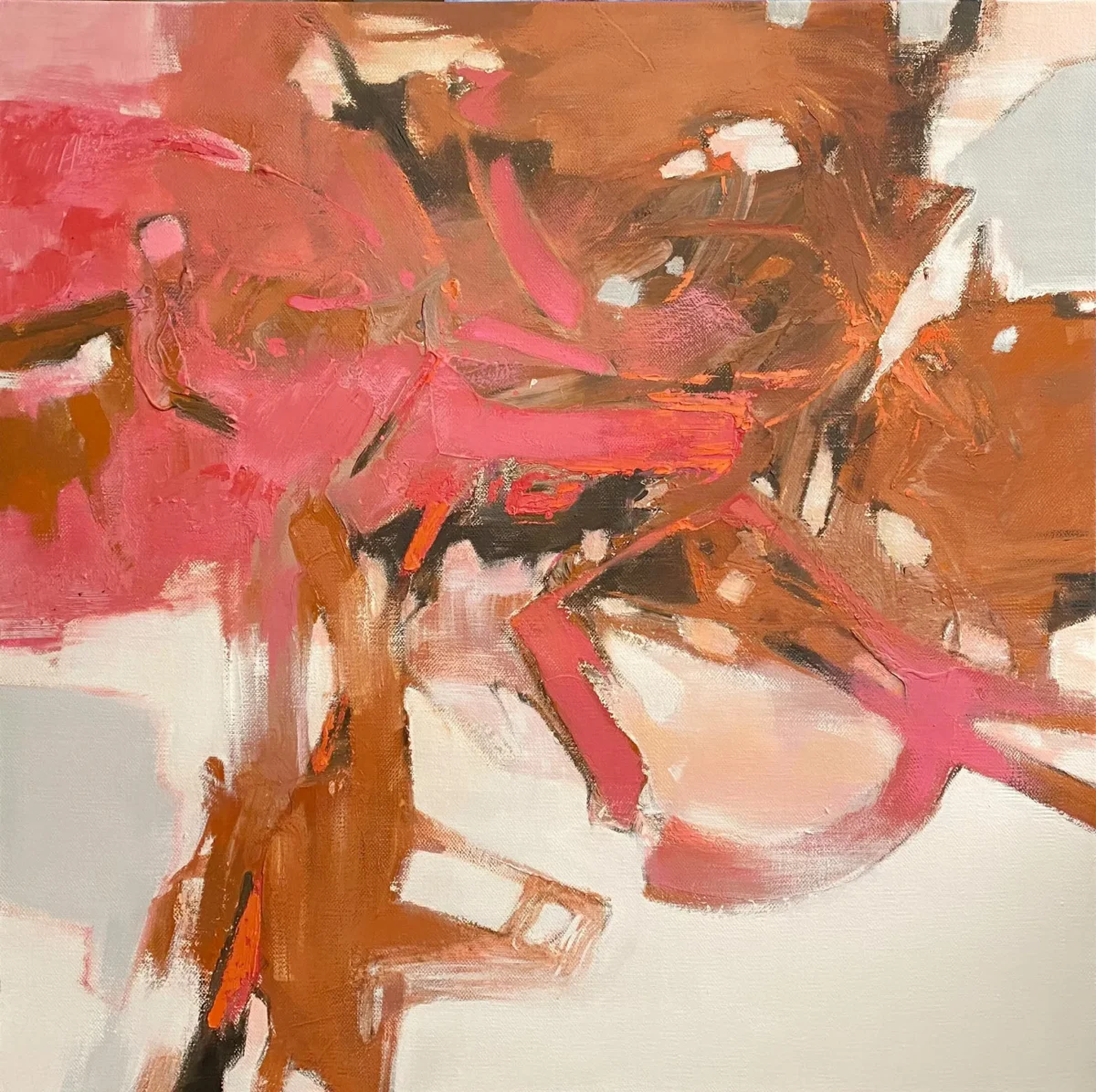The Vietnamese art market has witnessed strong growth in recent years. From international auctions, contemporary exhibitions to the emergence of online trading floors, Vietnamese art has gradually asserted its position on the global cultural map. However, besides positive signals, this market still has many challenges that need to be overcome for sustainable development.

1. Market expansion opportunities
a. Increased demand for collections
The middle and upper classes in Vietnam are increasingly interested in collecting paintings as a way to affirm their lifestyle. Art paintings are not only for enjoyment, but also become an alternative investment channel to real estate or gold.
b. International integration
Prestigious auction houses such as Christie's and Sotheby's have put many Vietnamese works into international auctions, including famous painters such as Le Pho, Mai Trung Thu, Vu Cao Dam, Tran Van Can... Many works have reached prices of millions of USD, opening up confidence for domestic collectors.
c. Technology and online platforms
Websites, social networks and NFT platforms help Vietnamese artists reach out directly to domestic and foreign buyers. The digital trend also creates opportunities to promote art to young people, a rapidly growing group of potential customers.
2. Challenges
a. Lack of transparency about value and authenticity
One of the biggest problems is counterfeiting and imitation of paintings. There are no clear standards for evaluating works, leading to a loss of confidence from collectors.
b. Incomplete art ecosystem
The number of galleries, museums and exhibition spaces is limited compared to the demand. Exhibition activities are not uniform, often just a movement, not really creating a stable market.
c. Limited public awareness
Many people still consider paintings as mere decorative objects, not fully aware of their artistic value and long-term collection value. This reduces the creative motivation of artists and causes the market to develop more slowly than its potential.
3. Future trends
a. Diversify creative styles
Young artists are venturing into many new materials: contemporary lacquer, acrylic, digital art... contributing to enriching the identity of Vietnamese art.
b. International cooperation
There are more and more artist exchange projects and joint exhibitions with Southeast Asia, Europe and the US. This is an opportunity for Vietnamese artists to learn new techniques and bring their works to a global audience.
c. Art e-commerce
Online auction floors and digital art buying and selling applications will play an important role, helping to make prices transparent and expand customer base.
Conclude
The Vietnamese art market is facing many great opportunities: increasing demand for collecting, international attraction, and the technology boom. However, to develop sustainably, it is necessary to thoroughly resolve the challenges of transparency, appraisal, and raising public awareness. Only then can Vietnamese art assert its worthy position in the world art flow.






